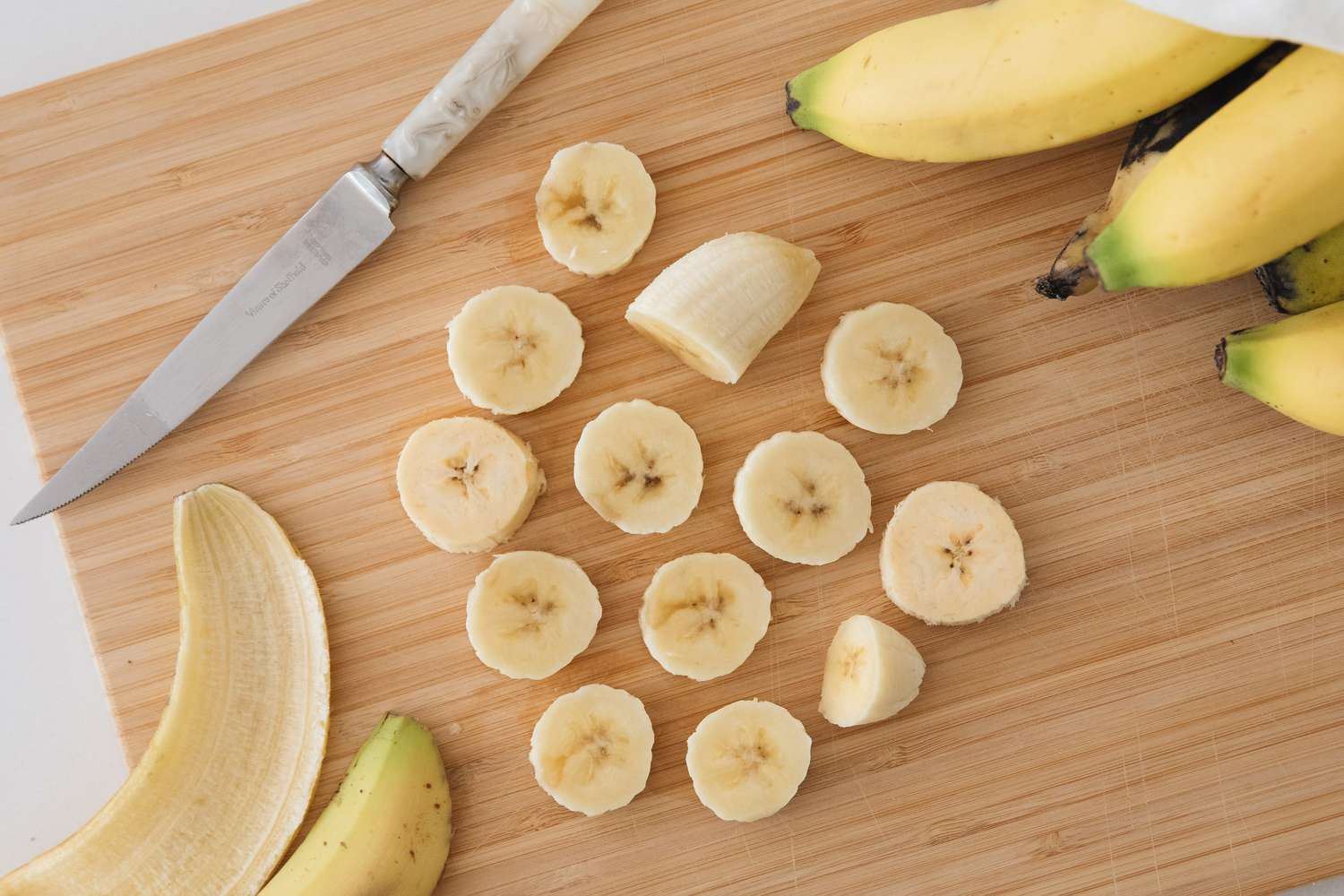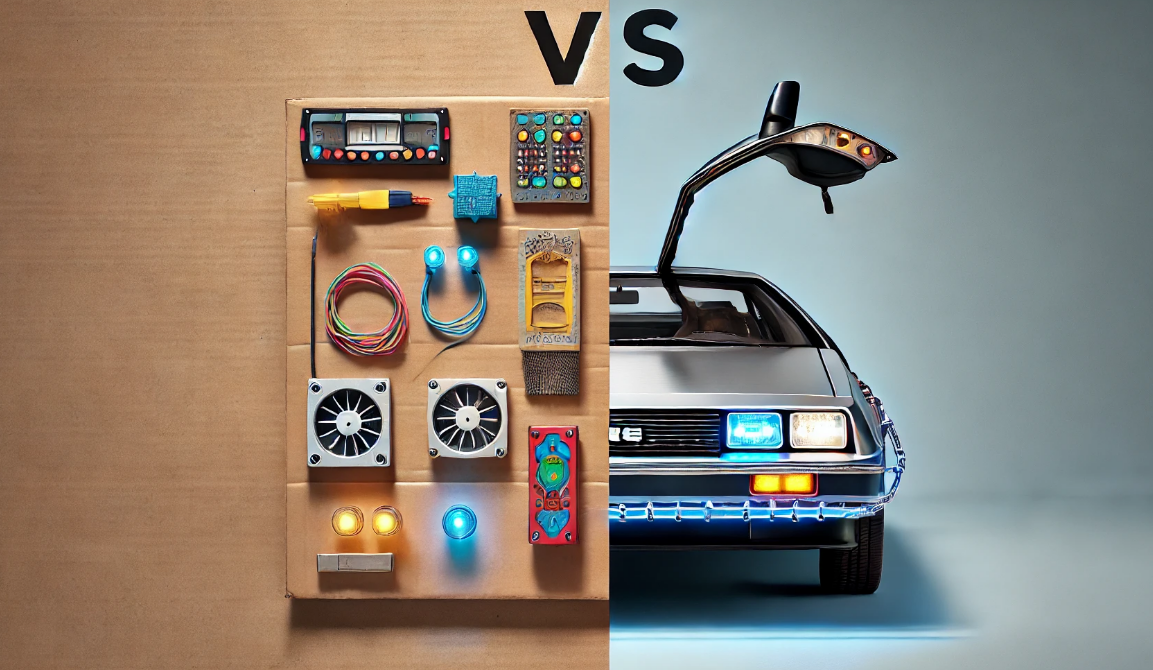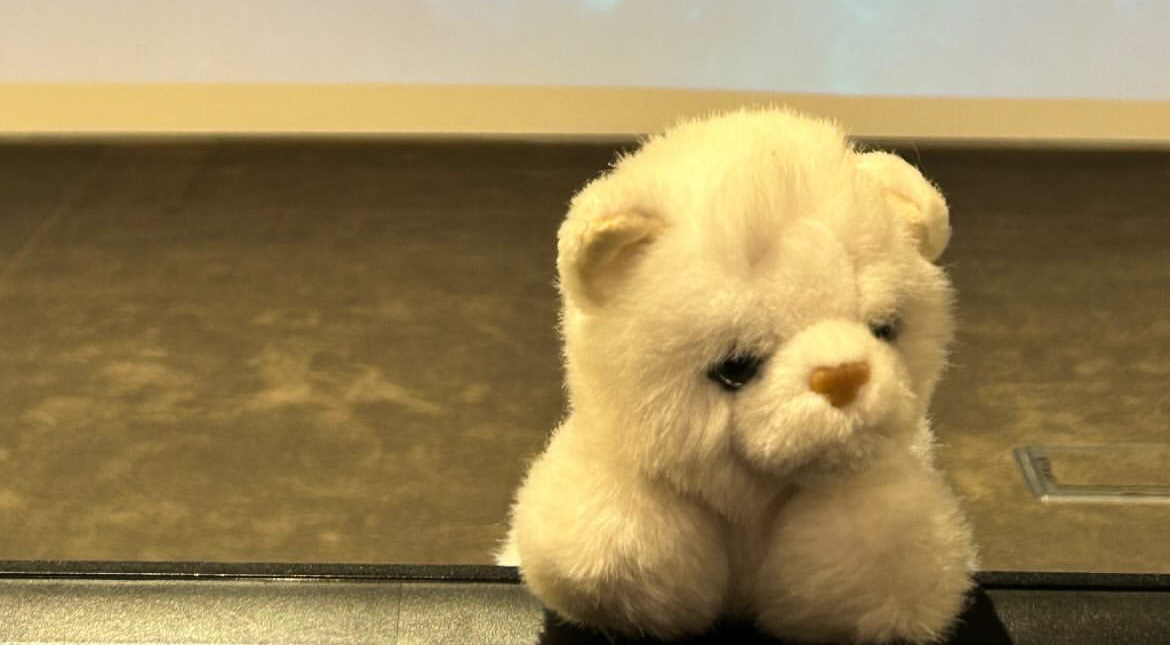Balancing value for successful products
-
Marina Salvati
- 12 Jul, 2023
- 06 Mins read

This article is available in English and Italian
ENGLISH VERSION
The primary responsibility of a Product Owner is to optimize the value derived from the work of developers. But what does that exactly mean? In this article, we will explore this concept in detail.
Defining Value
Let's consider the example of creating a banana slicer tool, designed and built to maximize its value. The result is a beautifully crafted object, made of titanium for maximum strength, ergonomically designed, with premium gold accents, and over 10 cutting modes to adapt to various slicing needs. There is no denying the value of this product in terms of its design and features. However, considering the costs involved in design, labor, and materials, the final market price is set at 150 euros. Now, how well do you think it will perform in the market?
While this example is extreme, it highlights the importance of considering the type of "value" associated with a product. Sometimes, there is a temptation to over-engineer a product to make it the best it can be. However, this may not always align with the perceived value by the end user. It is crucial to consider the "commercial value," which involves finding a balance between the selling price of a product and the value it brings to the user's life and daily routine.
Understanding User Needs
To begin, it is essential to understand the user's need for the specific product. Why would a customer want to buy a banana slicer? What underlying need does this purchase fulfill? Undoubtedly, a customer would buy this tool for slicing bananas. However, upon examining alternatives, we realize that the user could achieve the same result using a knife or even their hands. Alternatively, they might not need to slice bananas at all and simply eat them whole.
Through a meticulous analysis of user needs and competition in the banana slicer market, we would likely discover that the person buying the product is a cooking enthusiast, someone who spends a lot of time in the kitchen and values the functionality of the product. Alternatively, it could be someone who collects kitchen gadgets, placing more emphasis on the object's aesthetics. It might even be a parent who wants to involve their children in the kitchen and feels more at ease using a banana slicer as a safer alternative to a knife. Thus, we can identify various user personas with different needs and purposes, allowing us to design a personalized product.
Price and Competitive Positioning
Continuing our analysis, we can study the pricing of the product and its positioning among competitors in the banana slicer market. What makes our product special? What angle can we take? For instance, if we want to target children, we could offer fun slicing options and highlight the product's safety features. If we aim for the cooking niche, we can make it incredibly user-friendly and easy to clean. If we want to emphasize the emotional aspect, we could make it visually appealing and offer a wider range of color choices. Lastly, concerning the price, we should consider whether to position the product as premium or present it as a competitive and family-friendly option in the market.
Balancing Value
This analysis would lead us to prioritize specific features to include in our product, selecting those that provide the most value to a specific end customer while maintaining a balanced price. This way, we can strike the right balance between customer needs, development time, and price, making the product a success for both the customer and the company.
Continuous Improvement
Naturally, as mentioned in my previous articles, we acknowledge that we don't know it all. This means that despite all the analyses conducted, the final product should not be considered complete but rather subject to further improvements and iterations to find the product-market fit and remain competitive in a dynamic and ever-changing market.
Conclusion
In conclusion, when it comes to software development, the Product Owner is involved in a similar exercise, working alongside a multidisciplinary team of stakeholders and Scrum Team members. Their responsibilities include: • Identifying the problem to be solved and alternative solutions (including competitor solutions). • Identifying the end user for the product. • Identifying the competitive positioning. • Continuously iterating to find and maintain the product-market fit
ITALIAN VERSION
Bilanciare il valore per prodotti di successo: l'esempio dell'affetta-banane
La responsabilità primaria di un Product Owner è quella di ottimizzare il valore dato dal lavoro degli sviluppatori. Ma cosa significa, esattamente? Vediamolo insieme in questo articolo.
Definire il valore
Prendiamo per esempio il progetto di creare un attrezzo per affettare banane, progettato e costruito in modo da avere il massimo valore possibile: il risultato è un oggetto di splendida fattura, realizzato in titanio per la massima forza, ergonomico, con inserti in oro per un feeling premium, e con oltre 10 modalità per adattarsi a diverse forme di tagli. Non si può negare che questo oggetto abbia valore, nel senso che è stato realizzato per valere il massimo possibile. Dati i costi della progettazione, del lavoro e dei materiali, il prezzo finale sul mercato risulta essere 150 euro. Secondo voi, come andrà la sua performance nel mercato?
Naturalmente questo è un esempio estremo, ma è utile per sottolineare l’importanza di considerare quale tipo di ‘valore’ si vuole associare ad un prodotto. A volte, si cade nella tentazione di sovra-progettare un prodotto per renderlo il meglio che esso possa essere; tuttavia, questo non sempre va di pari passo con il valore percepito dall’utente. Infatti, è di primaria importanza considerare il ‘valore commerciale’, ovvero trovare un bilanciamento tra il prezzo a cui si vende un prodotto e il valore che quell’oggetto porta nella vita e nella quotidianità dell’utente finale. Mantenendo sempre l’esempio dell’attrezzo per affettare banane, ci sono alcune considerazioni da fare.
Comprendere i bisogni degli utenti
Innanzitutto, bisogna partire dal considerare il bisogno dell’utente per quel prodotto specifico. Perché un cliente vorrebbe comprare un affetta-banane? Qual è il reale bisogno sotteso a questo acquisto? Indubbiamente, un cliente comprerebbe questo attrezzo per affettare banane. Tuttavia, guardando alle alternative, ci rendiamo conto che l’utente potrebbe ottenere lo stesso risultato utilizzando un coltello, ma, volendo, anche le mani. O, ancora, potrebbe non aver bisogno di dover affettare le banane, ma semplicemente mangiarle una volta sbucciate.
Attraverso un’analisi meticolosa dei bisogni dell’utente e della competizione nel campo degli affetta-banane, ci renderemmo probabilmente conto che la persona che lo compra è una persona appassionata di cucina, che probabilmente cucina molto, quindi attenta alla funzionalità del prodotto. Oppure potrebbe essere una persona che magari colleziona gadget da cucina, più attenta al lato estetico dell’oggetto. O, ancora, potrebbe essere una persona che vuole coinvolgere i figli in cucina, e che si sente più tranquilla a far usare loro l’affetta-banane in alternativa al coltello. Dunque, possiamo già identificare alcuni tipi di user persona, con diversi bisogni e scopi, per cui poter disegnare il prodotto in modo personalizzato.
Analisi del prezzo e del posizionamento del mercato
Continuando nella nostra analisi, possiamo fare uno studio riguardo al prezzo del prodotto e al nostro posizionamento rispetto ai competitor nel mercato degli affetta-banane. Cosa rende speciale il nostro prodotto? Quale taglio possiamo dare? Per esempio, se volessimo renderlo più vicino ai bambini, potremmo offrire la possibilità di tagli simpatici, oppure sottolineare la sicurezza del prodotto. Se volessimo invece dare più un taglio di cucina, potremmo renderlo molto semplice da usare e da pulire. Se volessimo sottolineare l’ambito emotivo, potremmo invece renderlo più carino, e offrire magari una migliore scelta di colori. Infine, per quanto riguarda il prezzo, dovremmo considerare se dare al prodotto un taglio premium oppure presentarlo come un oggetto familiare e competitivo sul mercato.
Bilanciare il valore
Questa analisi ci porterebbe a dare priorità a specifiche funzionalità da includere nel nostro prodotto, in modo da selezionare quelle che danno più valore ad uno specifico cliente finale mantenendo però un prezzo bilanciato. In questo modo, possiamo trovare un giusto bilanciamento tra i bisogni del cliente, il tempo di sviluppo e il prezzo, rendendo il prodotto un successo sia per il cliente che per l’azienda.
Approccio iterativo e product-market fit
Naturalmente, come già menzionato in altri miei articoli, sappiamo di non sapere. Questo significa che, nonostante tutte le analisi fatte, il prodotto finale non sarà da considerare completamente finito, ma sempre soggetto a miglioramenti e ulteriori iterazioni per trovare il product-market fit e rimanere competitivi in un mercato dinamico, in costante cambiamento.
Conclusione
In conclusione, tornando nel campo dello sviluppo software, il Product Owner è coinvolto in un esercizio simile, insieme ad un team multidisciplinare di stakeholders e ai membri dello Scrum Team: • Identificare il problema da risolvere e modi alternativi di risolverlo (incluse le soluzioni dei competitor) • Identificare l’utente finale a cui rivolgere il prodotto • Identificare il posizionamento competitivo • Continuare ad iterare per trovare e mantenere il product-market fit







